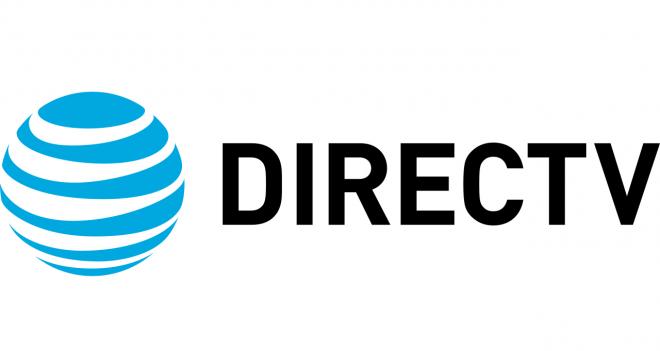

Hughes and other companies believed in the early 1990s that technology would soon make digital satellite television affordable. After many years, the technology was developed to enable the building of very high-power satellites, and digital compression ( MPEG-2) standards were developed that allowed multiple digital television channels to be sent through each satellite frequency. was also awarded 27 frequencies at the same 101-degree location. USSB was awarded five frequencies by the FCC, at the coveted 101-degree west satellite location. Hubbard founded United States Satellite Broadcasting (USSB) in 1981 and was a leading proponent for the development of direct-broadcast satellite service in the United States. The new subsidiary was initially composed of four units: Delco Electronics Company, Hughes Aircraft Company, Hughes Space and Communications Company, and Hughes Network Systems.

General Motors then merged Hughes Aircraft with its subsidiary Delco Electronics to create Hughes Electronics Corporation. In 1984, the court appointed a new board for HHMI, which proceeded to sell off Hughes Aircraft to General Motors on December 20, 1985, for an estimated $5.1 billion.

Following Hughes' death in 1976, HHMI was incorporated in 1977, and litigation ensued to determine whether it would be allowed to maintain its interest in Hughes Aircraft. Ostensibly created as a non-profit medical research foundation, HHMI was accused of being used by Hughes as a tax shelter. In 1953, Howard Hughes created the Howard Hughes Medical Institute (HHMI), to which he transferred full ownership of Hughes Aircraft.


 0 kommentar(er)
0 kommentar(er)
